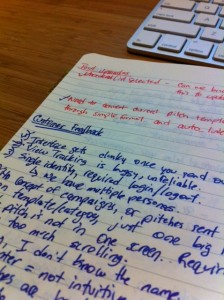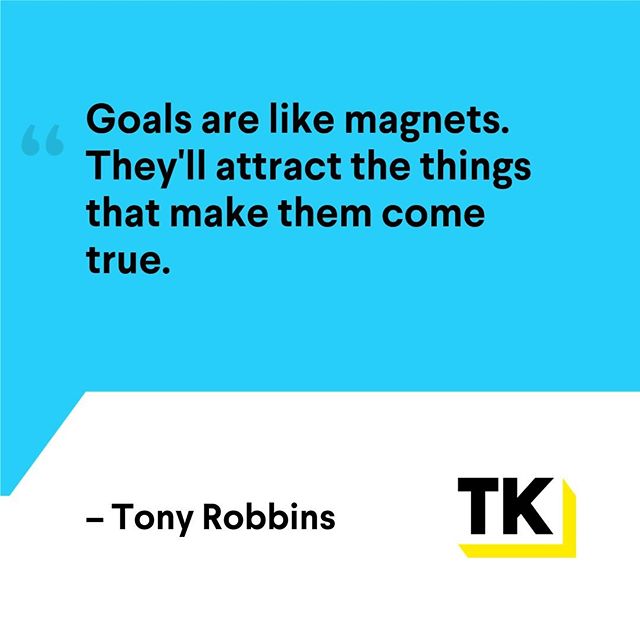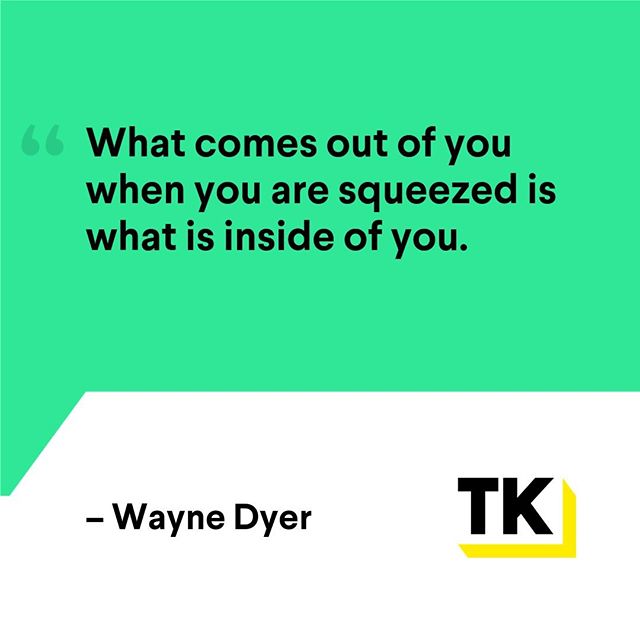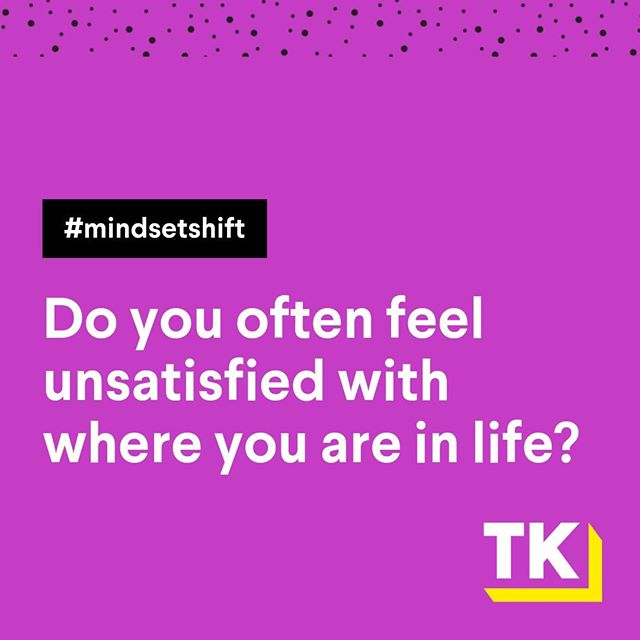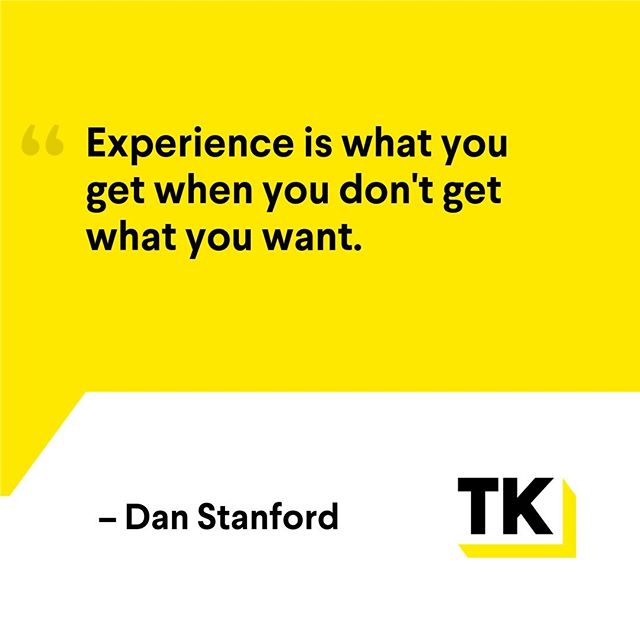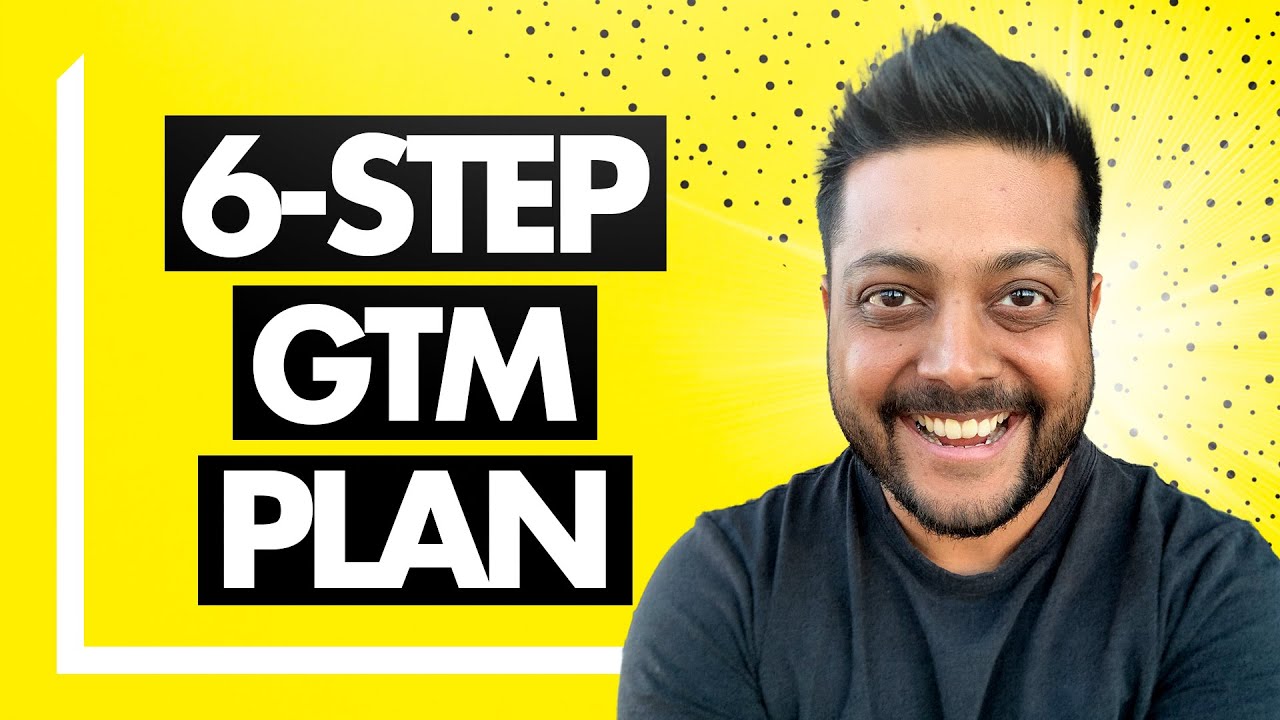Its been about three full months since I made the conscious decision to ramp down on my consulting business, my other products, and focus full-time on Tout.
In my previous two blog entries, I explained my thinking process behind why I decided to double down on Tout (through a full 2010 year-end reflection), and also why I decided to switch from being a bootstrapper to a funded startup.
This blog entry is more of a pause and reflect on where I am today and how Tout went from being just an idea to a real lean startup .Â
How Tout Began
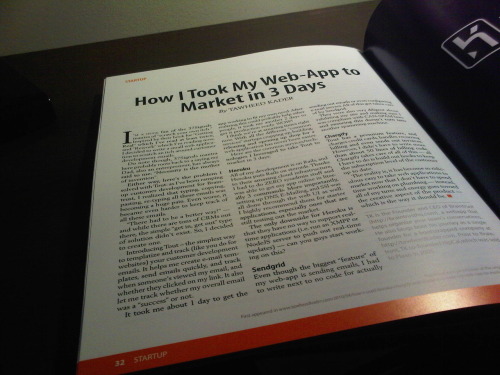
It was around April of 2010, I was slowly ramping down on my day-job at the Hedge Fund, and I had already started to work on my then-main startup idea: Braintrust.
I was waking up at 6am in the morning, working on it, and then heading to work around 8:30.
I’d then put in a full work day, come back, have dinner, and then work on it from about 7pm to midnight.
I kept struggling with Braintrust. It was a solution in search of a problem in an already crowded market.
It was also the first product I was building out on my own, so I was not only re-learning how to build a product from scratch, I was also learning Ruby on Rails, learning how to design, and learning how to market.
At a time like that, I needed all the leverage I could get. And the place I needed the most leverage was marketing — I needed a better way to reach out to potential users, tech influencers, bloggers, and actual people that signed up for the product.
This is how Tout was born.
Frustrated from working on the same codebase for months, and frustrated with having to write the same emails over and over, I decided to spend one fine Saturday morning working on something brand new.
Something that would solve my own problem of repetitive emails, and more importantly a problem that didn’t seem to have an obvious solution.
Thanks to common services in the crowd, I built Tout over a weekend. Instead of spending time on setting up servers, and deployments, I just used Heroku.
Instead of setting up email servers for sending Tout emails, I just used Sendgrid. And seeing as how I thought I couldn’t possibly the only person trying to tout stuff, I decided to even put a Premium Plan at $30/month.
I didn’t bother building a billing system, I just used Chargify.
I kind of amazed myself about how much I was able to do over the course of a weekend. I blogged about the whole experience: How I took my web-app to market in 3-days thanks to common services in the cloud.
Tout After the First 30-Days
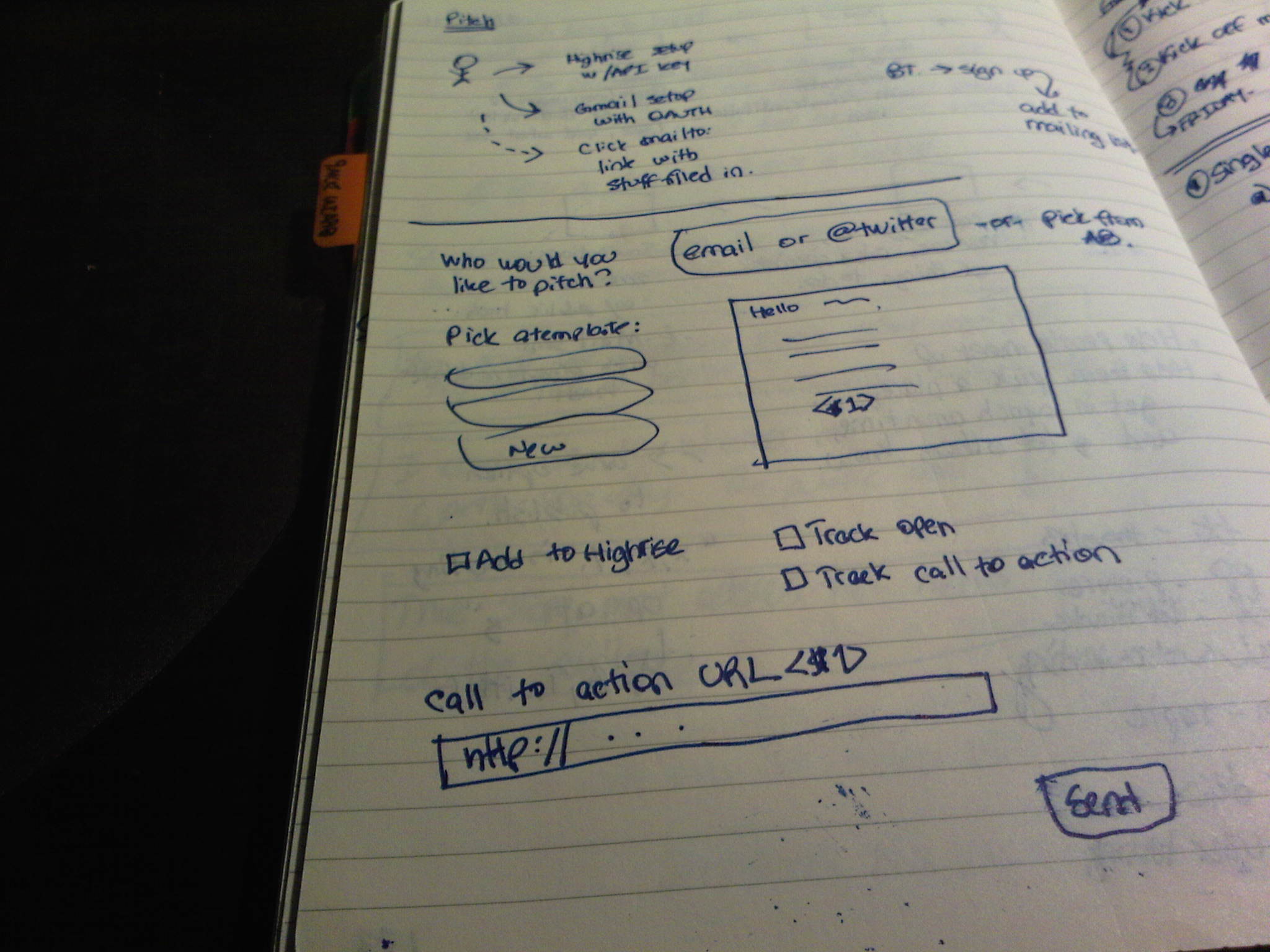
Needless to say, I kept things Lean.
To be honest, I didn’t keep things lean because I wanted to run a lean startup, I kept things lean because I didn’t have much time to devote to it.
Braintrust and my day job were still my primary point of focus.
After 30-days of “launching” Tout, I posted another blog entry about the updates. Here were the highlights:
- Tout got about 334 users within the first 30-days of launch.
- It processed about 1,600 e-mails, again within the first 30-days
- About 10 people signed up for the Premium plan
I just couldn’t ignore this kind of activity. So keeping with true lean methodology, I kept emailing and calling up customers and put in my 20% time to iterate over the product.
During those first 30-days, I made some key changes:
- Customers started complaining about slowness. At the time, Tout had been running on the 1-free Dyno that Heroku gives. I quickly turned up the Dynos to 2, and made the email delivery offloaded to a separate Worker. Still kept costs less than about $150, which I was making in revenues already.
- A lot of people complained about the $30 price-tag. So instead of lowering the price, I focused on adding more value. I figured out from customers that they were not always working solo — they were often part of a team. So just to try things out, I added a “Share Templates” feature and allowed Premium users to Share Templates and Analytics with up to five people in the Team.
Tout 2.0

Although I stopped developing Tout for a few months during the middle of 2010 (I was putting in my final push at my day job, and was working through consulting projects), I never stopped talking to Tout customers
I “got out of the building” and continued to talk to customers. I took notes, looked for patterns, and finally by November of 2010, I decided that Tout deserved some real love and there was clearly something there.
I took all the notes from the field and created Tout 2.0.
I didn’t wait to do some big re-launch, or any crazy hooplah though — I just called it Tout 2.0, but in reality, I launched and re-vamped each part of the site and launched new features over the span of November, December, January and February.
And through each of those months, as I launched new features and tweaked the product, I constantly monitored my metrics and course corrected along the way.
Today, its funny to see the original screenshots of Tout.
It was pretty barebones, but people still used it, because it solved a real problem.
It’s also funny to see how much the product has matured. And yet, the product is still incredibly simple — because there isn’t a single thing there that a customer didn’t ask for or I didn’t perceive the customer would need.
Connecting the dots
I was always of the feeling that I basically stumbled onto Tout.
I went through a lot of explicit thought processes for my other experiments in 2010 (e.g. Braintrust and Main Street). Tout came naturally. I kind of just discovered it. And I kept going back to it.
And the more I dug into it, the more I realized was there.
During a recent conversation with a new friend, I was telling him how sometimes I still worry about sharing my product ideas around Tout openly.
What if an extremely well funded startup comes after me? Maybe I need to hire like crazy and move really fast…
He responded…. “You don’t get it yet do you…. YOU are Tout. Everything you’ve done over the past 10 years has lead you to Tout.
Your time building a shared calendaring service to help people communicate better.
Your time at Plaxo where you learned the ins-and-outs of email communication, email plugins, and user behaviors, and even your time at the Hedge Fund where you helped Traders communicate faster for completing trades…
All of those experiences… all of that time… you were thinking about the problem. And now you’re working on the solution. No one can come after you.”
It reminds me of my favorite Steve Jobs speech: “You can’t connect the dots looking forward; you can only connect them looking backwards. So you have to trust that the dots will somehow connect in your future.
You have to trust in something ”” your gut, destiny, life, karma, whatever. This approach has never let me down, and it has made all the difference in my life.”
And because of this, I’m moving in the same careful and calculated way I’ve done so far and the way I know how to.
I’m talking to customers, I’m curating what I put into the product. I’m building a team. I’m keeping it lean. This is the same reason why I’m raising a conservative amount. This is how I know to win.
Next Steps
In little less than a year, that is how a simple weekend project got enough traction for me to focus on it full-time and place a huge bet on it.
I can’t say it happened over night. And needless to say, we’re not close to being “done.” That’s why I keep this picture in my office.
It reminds me that it may seem sometimes life is a long empty road, but it almost always leads to the place you want to go. As an entrepreneur, you just have to have a little bit of faith, and a bit of plan.
If there is one takeaway I want you to have from this blog post, its that great ideas are almost never manufactured.
Great ideas are the things that happen in between all the stuff you’re doing to manufacture your great idea. (I think I read this somewhere in the past week, but I can’t find the link).



